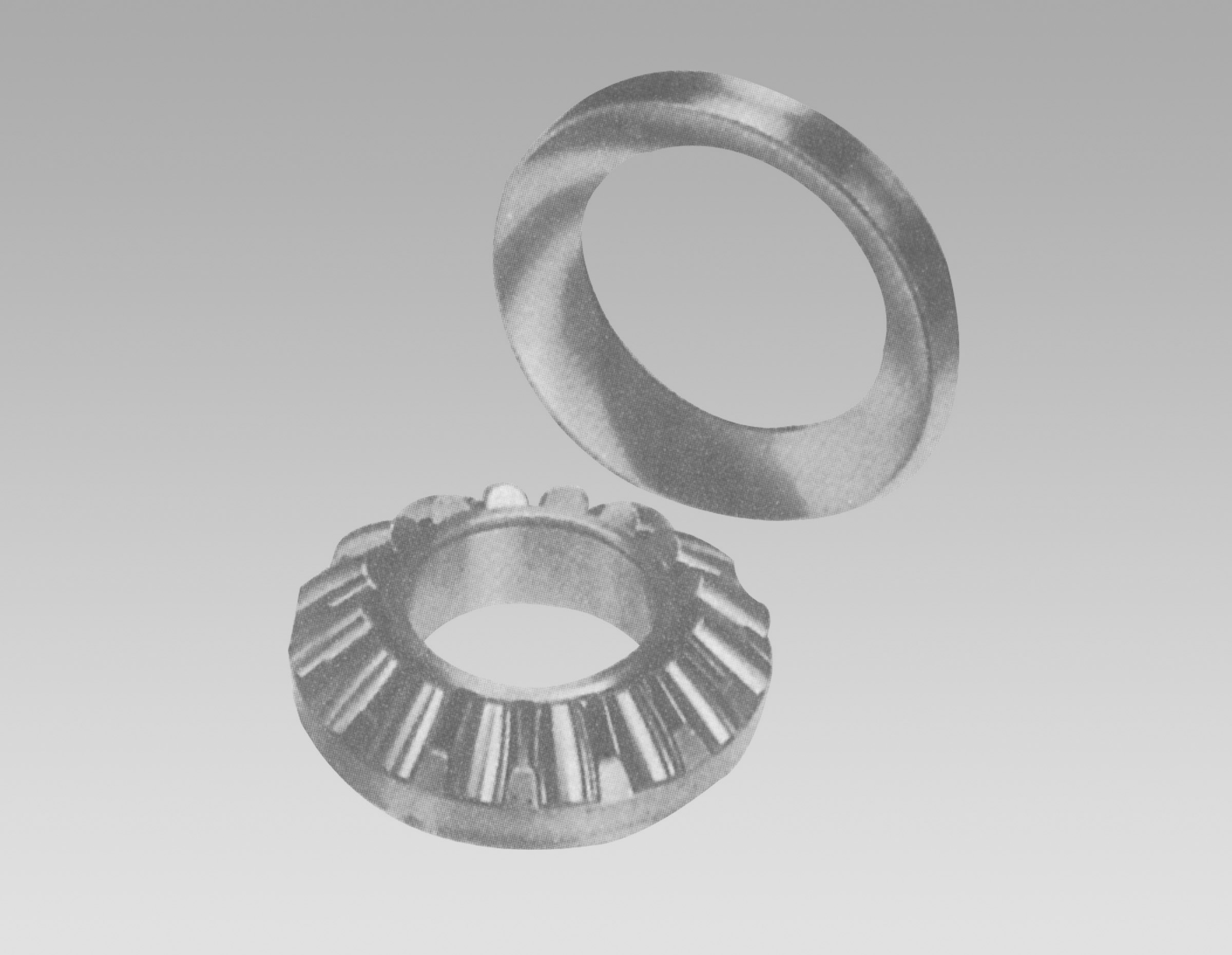
8 月 . 19, 2024 03:25 Back to list
Single Row Roller Bearing Applications and Benefits for Enhanced Mechanical Performance
Understanding Single Row Roller Bearings A Comprehensive Overview
Single row roller bearings are essential components utilized in various industries, playing a critical role in machinery and equipment. Their design and functional capabilities make them a preferred choice for applications requiring high radial load support with minimal friction. This article delves into the characteristics, applications, advantages, and maintenance of single row roller bearings.
What Are Single Row Roller Bearings?
Single row roller bearings are a type of rolling element bearing that uses cylindrical rollers to maintain the separation between the bearing races. Unlike ball bearings, which use spheres, roller bearings can handle larger loads due to their greater contact area with the raceways. This design allows them to accommodate both radial and axial forces, making them versatile across a spectrum of applications.
Characteristics of Single Row Roller Bearings
The fundamental design of single row roller bearings consists of an outer ring, an inner ring, a cage, and cylindrical rollers. The shape of the rollers provides a larger contact surface, which aids in distributing loads over a wider area. Consequently, single row roller bearings offer higher load-carrying capacity compared to similar-sized ball bearings.
These bearings are typically manufactured from high-grade materials such as chrome steel or stainless steel, providing durability and resistance to wear and corrosion. Depending on the application requirements, single row roller bearings can also be found with different types of seals and shields, enhancing their performance in challenging environments.
Applications
Single row roller bearings are widely used in various industries, including
1. Automotive They are commonly employed in gearboxes, wheel hubs, and other critical automotive applications where high load capacity is required. 2. Industrial Machinery In manufacturing and processing industries, these bearings support conveyor systems, cranes, and heavy machinery, allowing for smoother operations and increased efficiency.
single row roller bearing

3. Construction Heavy construction equipment, such as excavators and loaders, often utilize single row roller bearings to ensure robustness and reliability under extreme conditions.
4. Mining and Quarrying In these demanding environments, bearings endure high levels of dust, moisture, and shock loads, making the durability of single row roller bearings invaluable.
Advantages
The advantages of single row roller bearings are plentiful. Their ability to support heavy loads while minimizing friction allows machinery to operate efficiently, which can lead to energy savings and extended equipment life. Additionally, they require less maintenance compared to other bearing types, making them a cost-effective solution in the long run.
Another significant benefit is the adaptability of single row roller bearings to various operating conditions. With different sealing options, they can effectively keep out contaminants and retain lubrication, which is crucial in maintaining performance in harsh environments.
Maintenance and Care
To ensure the longevity and effectiveness of single row roller bearings, regular maintenance is essential. This includes routinely checking for proper lubrication, as insufficient grease can lead to increased wear and overheating. Minimizing exposure to contaminants, such as dirt and moisture, is also vital for extending their operational life.
If a bearing shows signs of wear, such as noise, vibration, or increased temperature, it should be inspected and replaced if necessary. Proper installation and alignment are equally important to avoid premature failure.
Conclusion
Single row roller bearings are indispensable components within many industries, providing reliable performance under various load conditions. Their robust design, coupled with ease of maintenance, makes them a significant choice in applications ranging from automotive to heavy machinery. As technology continues to advance, the evolution of roller bearing design will likely enhance their capabilities even further, solidifying their position as a vital element in engineering and manufacturing.
Latest news
-
Unlocking Efficiency with Spherical Roller Bearings
NewsOct.29,2024
-
The Ultimate Guide to Thrust Ball Bearings
NewsOct.29,2024
-
The Power of Thrust Roller Bearings: Engineered for Excellence
NewsOct.29,2024
-
The Power of Deep Groove Ball Bearings for Your Application Needs!
NewsOct.29,2024
-
The Power and Performance of Cylindrical Roller Bearings
NewsOct.29,2024
-
High-Quality Ball Bearing Manufacturing Machines
NewsOct.29,2024
